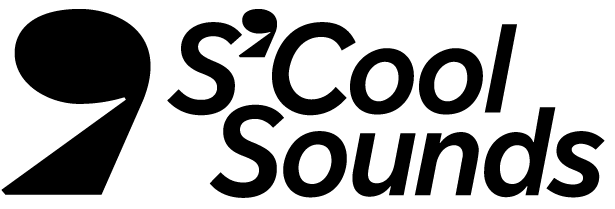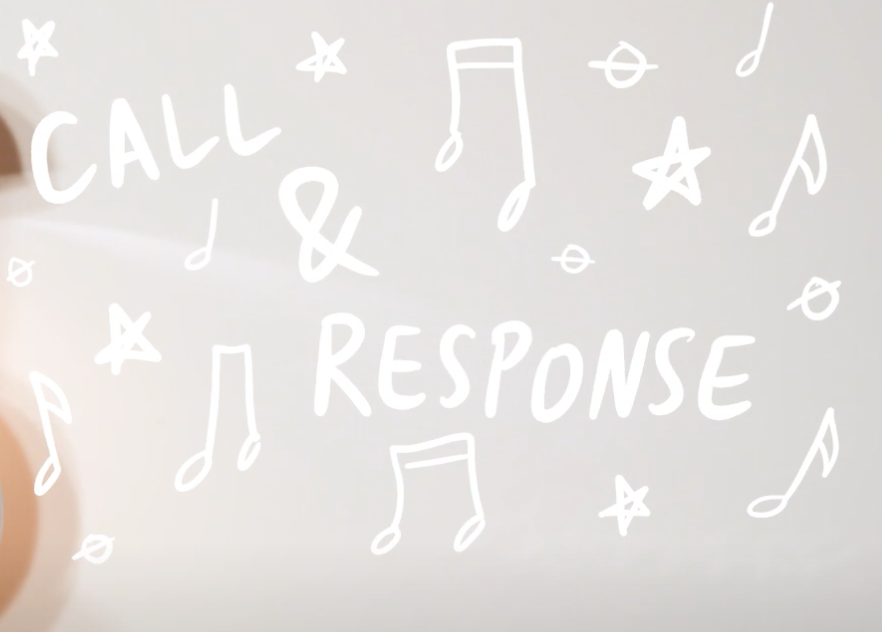CALL AND RESPONSE
Lesson 1
Teaching Artist: Dave AdewumiSUMMARY
This is the first lesson from the grades 6-8 Jazz and the World of Black American Music Course. Students will be introduced to historical facts and figures in Black American Music. They will learn about “call and response” and perform the musical technique as a group.
OBJECTIVE
Students will be able to recall historical facts about African music history and the origins of jazz.
Students will be able to describe the different African drums and their relationship to language.
Students will be able to perform rhythmic ideas in a call and response style.
MATERIALS
Adaptive instrument options: feet, tongue clicking, harmonica, gripping aids for holding mallets or sticks
EXPLORE
Display Google Slides: Call & Response. Watch Call & Response and stop the video at 01:33 and allow the class to respond to the following questions: Why do you listen to music? Where do you think Jazz was created?
Watch the next part of the video, 01:33-4:15. Review the Mali empire and discuss how sound or music is used as a form of communication. For example, school bells for the start of class, the buzzing sound when crossing the street, or a whistle at a basketball game.
Explore with students how music and sound can be used to communicate emotions. Divide students into small groups to generate a list of emotions related to a song they’ve heard or a sound effect. For example, a sad song versus a happy song, a sound effect when someone is surprised, or a peaceful noise. Students can refer to the Feelings Wheel for ideas.
Watch 04:16 - end and have the class clap the rhythms after Mr. Dave.
LEARN
Divide students into pairs and ask them to brainstorm original calls and responses based on the given scenarios: time for lunch, asking for help, classroom transitions, time to play, and a motivational chant before an assessment. One partner will be the call (A), and the other will be the response (B). Write the following template on the board: Partner A says (X), partner B says (Y).
Model calls and responses with claps. Use the same verbal concept as above: “When I clap (X) you clap (Y)."
Optional: Tell the class to find objects in the class that could be used as a drum (Desks, boxes, notebooks, binders, etc.) and drum sticks (pens, pencils markers).
Have students come up with their own “calls” (rhythms) and have them come up to the front to lead the class and have them respond by copying what they hear.
PERFORM+SHARE
Share and perform call and response from this lesson on S’Cool Sounds Padlet.
Tell students in the next lesson they will learn second line rhythms.

